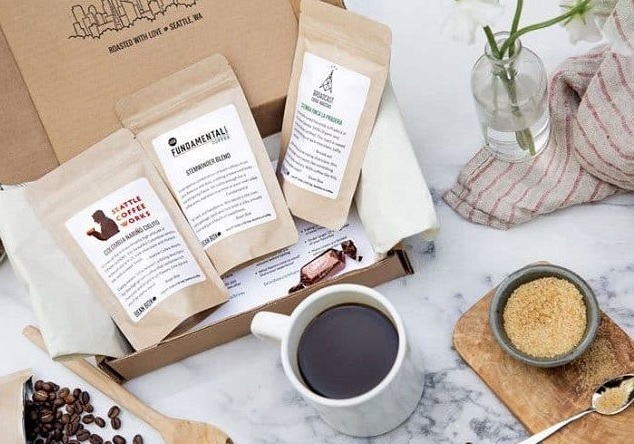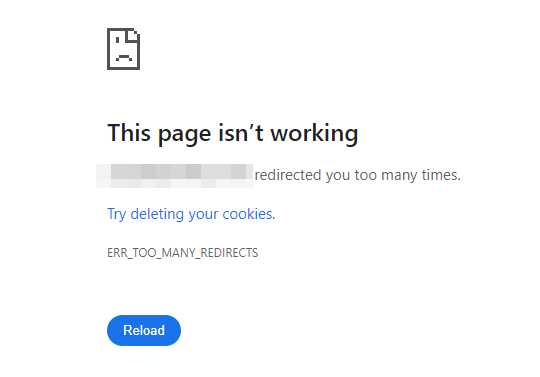Are you looking for a monthly SEO subscription service? Maybe you're not looking to get locked into a lengthy contract but you still want an SEO consultant to help you grow your visibility online. If so, my monthly SEO subscription plan might be the perfect option for you.
Whilst typically you might have looked for an SEO consultant or agency on the likes of Upwork, Fiverr or even direct on Google, it can be really hard to find someone that has the experience to help your business get found online without costing the earth!
I've been working as an SEO consultant for over 10 years, having started off within an agency before progressing to work as freelance. I've setup this monthly SEO service for anyone who wants access to an experienced SEO freelancer without being tied in to a lengthy contract.
How much do SEO services cost per month in the UK?
You might expect to pay anywhere between £250 and £5,000 per month for SEO services from an agency or a consultant.
Prices vary so much due to a huge variety of figures - such as where the freelancer/agency is based, the level of their experience, the quality of their service, the competitiveness of your industry - there are lots of factors that come into play.
Some agencies might be based in the UK but actually they'll have a team of freelancers based in the likes of India or the Philippines (where hourly rates are very low), but will continue to charge UK agency rates.
As you can imagine, there really is no set fee - but you should be very wary of anyone that promises you'll rank at the top of Google within so many days, or anyone that really sounds too good to be true!
My monthly SEO services begin at £300 per month - which is usually enough for most small to medium size businesses. It's usually best to arrange a quick chat before deciding if my pay-monthly SEO plan may be the best fit for you.
Should I pay monthly for SEO?
Ultimately this will depend on your own personal/business circumstances, but I've found for many businesses that an ongoing monthly rolling contract works really well when it comes to SEO.
I don't like to lock clients in to lengthy contracts - although I do see SEO as being a long-term effort, I don't believe in locking people down over long periods of time.
This works both ways - sometimes if you don't gel with a client, you might not like to be stuck working with them for 12 months! So having a monthly service allows breathing space for both parties.
If you're serious about improving your SEO, but don't want to make a massive investment, paying monthly should be a great option to consider.
What is included in monthly SEO services?
Every digital marketing agency or SEO consultant will have their own idea of what services should be included in a monthly SEO plan. What services are in/out of scope will depend on the fees that are charged - you can't expect to get everything included for such a cheap monthly price. The inverse is also true - if you're investing a lot of money each month in SEO, you should expect to get a lot of services included!
My own pay monthly SEO service is based upon what I think are the most impactful activities that are going to move the needle for most small businesses. With each client I work with I'll tweak the exact services based on an initial audit of the website - this will allow me to tailor my offering based on getting you the best return on investment.
Here is a very basic 3 month overview of what my SEO subscription services look like - this will be tailored according to your own business needs.
Month 1
Technical SEO audit
Traffic analysis and bench marketing
Keyword research
Competitor analysis
Month 2
Onpage site improvements
Content audit
Content strategy
Backlink audit
Month 3
Digital PR & journalist outreach
Content strategy
Ongoing content improvements
Technical SEO audit = a basic review of the site to check for issues likely to impact the indexing of your website, or to hold back your organic search rankings
Traffic analysis = taking a dive into your Google Analytics and Search Console data to get a rough benchmark of current traffic levels, key organic terms and pages, as well as auditing the analytics tracking setup for any issues
Keyword research = reviewing search volumes in key markets for the terms your subscription service should be visible for
Competitor analysis = reviewing the search terms that drive traffic to your competitor websites and reviewing their onpage content
Keyword mapping = drawing up a plan that matches up each page URL on your website to a particular content group. At this point I may also recommend additional pages to target new terms that may have been neglected
Content audit = review of all content that has been produced on the site with a view to removing, redirecting or improving content to improve search rankings and conversion rates
Backlink audit = analysing your websites backlink profile using the Ahrefs.com SEO tool so we can see how your website is doing with its offsite SEO. This will highlight valuable links received to date, as well as showing if there is much room for improvement (there usually always is!)
Content strategy = taking a look at your sites content and coming up with a strategy to improve upon it in a bid to grow organic traffic. This is often through creating targeted content for the particular audiences that your subscription box sells to, and will often fall on the blog having improved on any key internal pages.
Feedback from Ned - Founder of Luxury Gift Subscription Box NotAnotherBill
NotAnotherBill are a premium subscription box service that sends their customers beautiful, hand-picked art and other gifts on a monthly basis, as well as recently adding more products to their online store. Based in central London, but shipping gift subscription boxes worldwide, they've built up an amazing and very dedicated following based on their guiding principle of creating exceptional, unique gifts.
"Matt was a great help when it came to building our Google Ads campaigns which has helped us to reach new customers looking for subscription services like ours. He was also able to assist with implementing SEO on our site, ensuring we're getting more visibility and sales from Google."

Work with an experienced SEO consultant to help grow your business! 📈
I've worked with a number of businesses across a variety of sectors to help them grow their visibility online. Reach out today if you would like to chat about my monthly SEO service!




